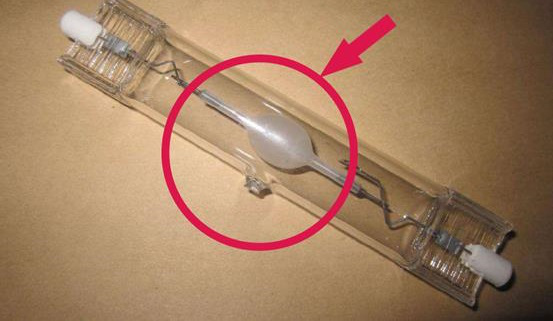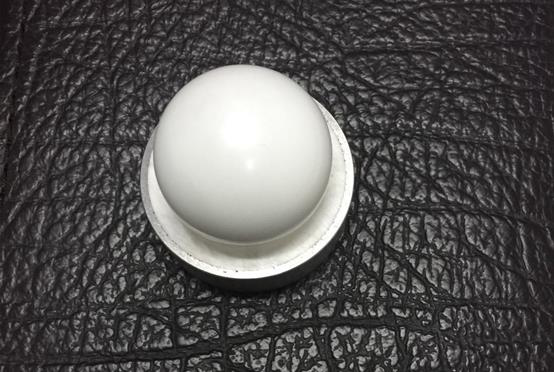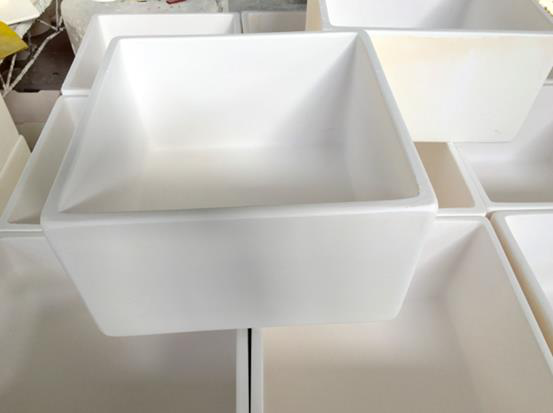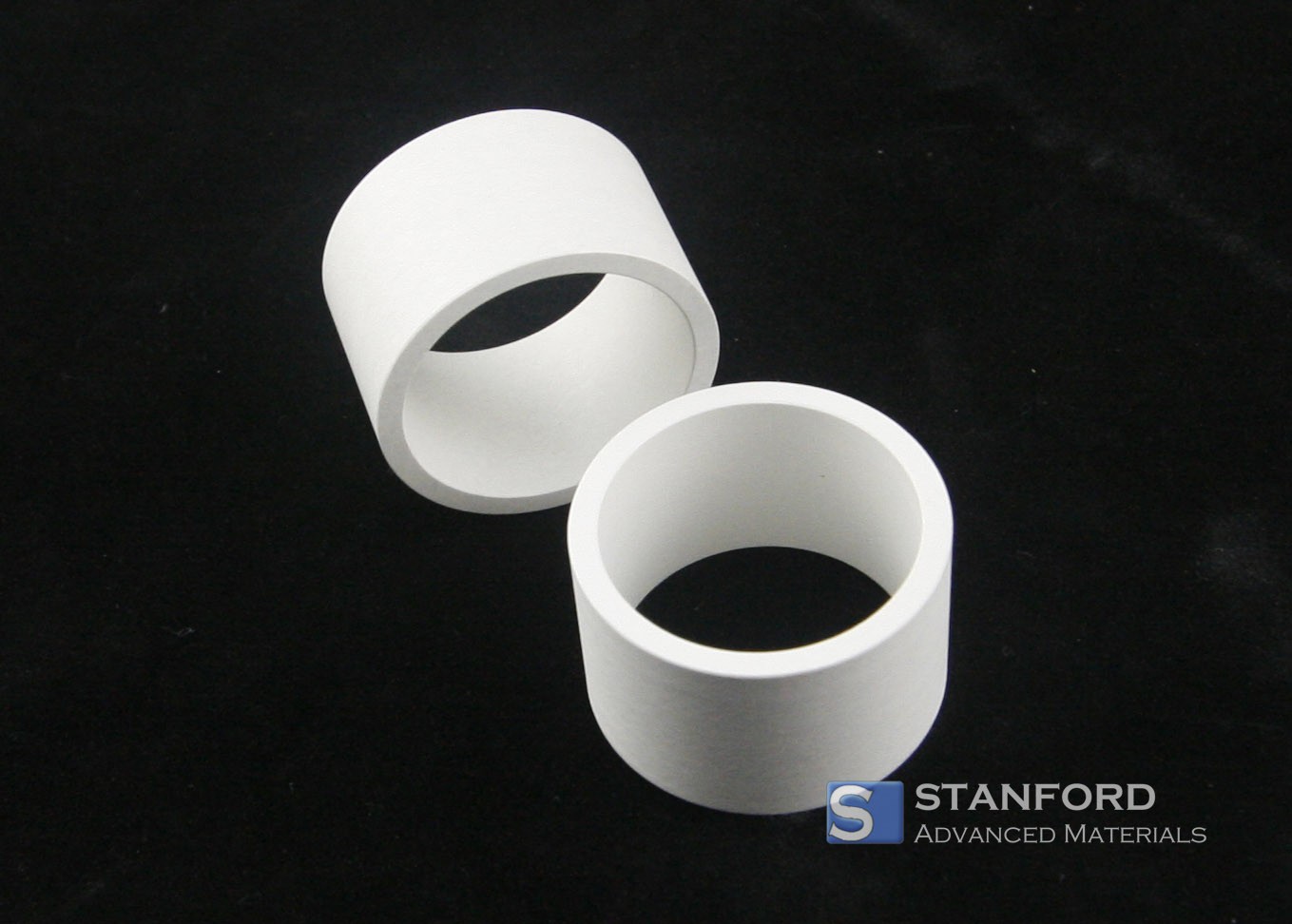Brief Analysis Of Common Engineering Ceramic Materials
Engineering ceramics refer to all ceramic materials used in engineering. They include structural ceramics, functional ceramics and ceramic matrix composites. Their high temperature, wear and corrosion resistance, chemical stability and distinct electrical, thermal, optical and magnetic properties render them important in new materials research. The following text provides an introduction to several common engineering ceramic materials and their applications.
Aluminium Oxide Ceramics
Aluminium oxide ceramics have been extensively researched and applied. They exhibit a melting point of 2 050 °C and a hardness value of 90–92 (hra). They provide good electrical insulation with a specific volume resistivity of 10^15 Ω·cm and stable chemical properties. They are used as high-temperature structural materials, wear-resistant materials, electrical insulators and chemically resistant components. Such materials serve for furnace furniture, wear-resistant linings, abrasive bodies, vacuum shells and ceramic substrates. The key to manufacturing these ceramics lies in the purity, particle morphology and particle size distribution of the raw powder. In recent years, technology for producing high-purity ultrafine or nanometre-scale aluminium oxide powders has developed significantly; transparent alumina ceramics require a purity of up to 4N and particles below 100 nm, whereas sapphire crystal growth requires a purity of up to 5N.

Zirconium Dioxide Ceramics
Zirconium dioxide ceramics exhibit excellent high-temperature stability. They are suited for ceramic coatings and refractory high-temperature products. Their low thermal conductivity and a thermal expansion coefficient that approximates that of metals enhance their application versatility. Partially stabilised zirconium dioxide (PSZ), which commonly uses 3 % ω‐yttrium oxide-stabilised zirconium dioxide nanopowder as a raw material, shows the highest strength and toughness among ceramic materials. PSZ ceramics possess a fine grain size, high strength and wear resistance that is typically 5–10 times higher than that of aluminium oxide ceramics. They are used in grinding machinery, ball mills, bearing materials, prosthetic joints and everyday ceramic milling tools.

Silicon Carbide Ceramics
Silicon carbide ceramics have been the most examined non-oxide ceramic material. Silicon and carbon form a tetrahedral structure via covalent bonds. This configuration produces high strength, high hardness, oxidation resistance and excellent corrosion resistance. Their properties vary with the production method. They are used as high-temperature structural materials, refractory components, wear-resistant materials for sliding ring seals, acid- and alkaline-resistant materials and high-temperature heat exchangers.
Silicon Nitride Ceramics
Silicon nitride ceramics (Si3N4) have developed rapidly within the non-oxide ceramic category. Their tetrahedral SiN4 structural unit, produced by covalent bonding between silicon and nitrogen, results in high strength, high hardness and excellent oxidation and corrosion resistance. Silicon nitride occurs in two crystalline forms: alpha‐Si3N4 in a granular form and beta‐Si3N4 in a pin-prismatic form. During sintering, alpha‐Si3N4 transforms to beta‐Si3N4, thereby providing self-reinforcement. Consequently, these ceramics exhibit higher strength and toughness than silicon carbide ceramics. They are applied in ceramic tools for abrasives, bearings and other components where high mechanical performance is required. Furthermore, silicon nitride ceramics possess a high level of red hardness and are appropriate for high-speed machining or grinding on high-speed CNC machining centres.
![]()
Quartz Ceramics
Quartz ceramics, also known as fused quartz ceramics, exhibit a low thermal expansion coefficient and excellent thermal shock resistance. In addition to traditional forming and hot pressing methods, gel-jet technology has been developed in recent years. This method is used in the fabrication of horizontal pre-stressed rollers, float glass edge pieces and other large-scale quartz ceramics. Their applications span metallurgy, electrical engineering, the glass industry, aerospace, photovoltaics and other sectors. Quartz ceramics are also employed as crucibles for monocrystalline and polycrystalline silicon and as components for rocket rotors.

Aluminium Nitride Ceramics
Aluminium nitride ceramics combine high thermal conductivity with effective electrical insulation. They demonstrate high strength, high hardness and high temperature resistance. High-purity aluminium nitride powder, which has stable performance with a fine particle size and narrow particle size distribution and includes a small amount of sintering aid (nanometre-scale yttrium oxide), is used with the hot pressing sintering technique. This method is employed to manufacture aluminium nitride ceramics with high thermal conductivity.
Boron Nitride Ceramics
Boron nitride (BN) exists in two typical crystalline structures, namely hexagonal BN and cubic BN. Currently, hexagonal BN ceramics are used in high-temperature insulation materials, advanced lipstick fillers, lubricants as release agents for hot-press moulds and metal crucibles. Cubic BN ceramics are used to manufacture cutting tools, grinding materials and polishing agents. Hexagonal BN appears white and features a layered structure. Its properties include low hardness and inherent self-lubrication. Furthermore, hexagonal BN ceramics show a thermal conductivity that is 10 times higher than that of quartz, with hot-pressed products reaching 33 W/m.K. Cubic BN displays a structure akin to diamond and represents the second hardest material after diamond.

 Bars
Bars
 Beads & Spheres
Beads & Spheres
 Bolts & Nuts
Bolts & Nuts
 Crucibles
Crucibles
 Discs
Discs
 Fibers & Fabrics
Fibers & Fabrics
 Films
Films
 Flake
Flake
 Foams
Foams
 Foil
Foil
 Granules
Granules
 Honeycombs
Honeycombs
 Ink
Ink
 Laminate
Laminate
 Lumps
Lumps
 Meshes
Meshes
 Metallised Film
Metallised Film
 Plate
Plate
 Powders
Powders
 Rod
Rod
 Sheets
Sheets
 Single Crystals
Single Crystals
 Sputtering Target
Sputtering Target
 Tubes
Tubes
 Washer
Washer
 Wires
Wires
 Converters & Calculators
Converters & Calculators
 Write for Us
Write for Us


 Chin Trento
Chin Trento



